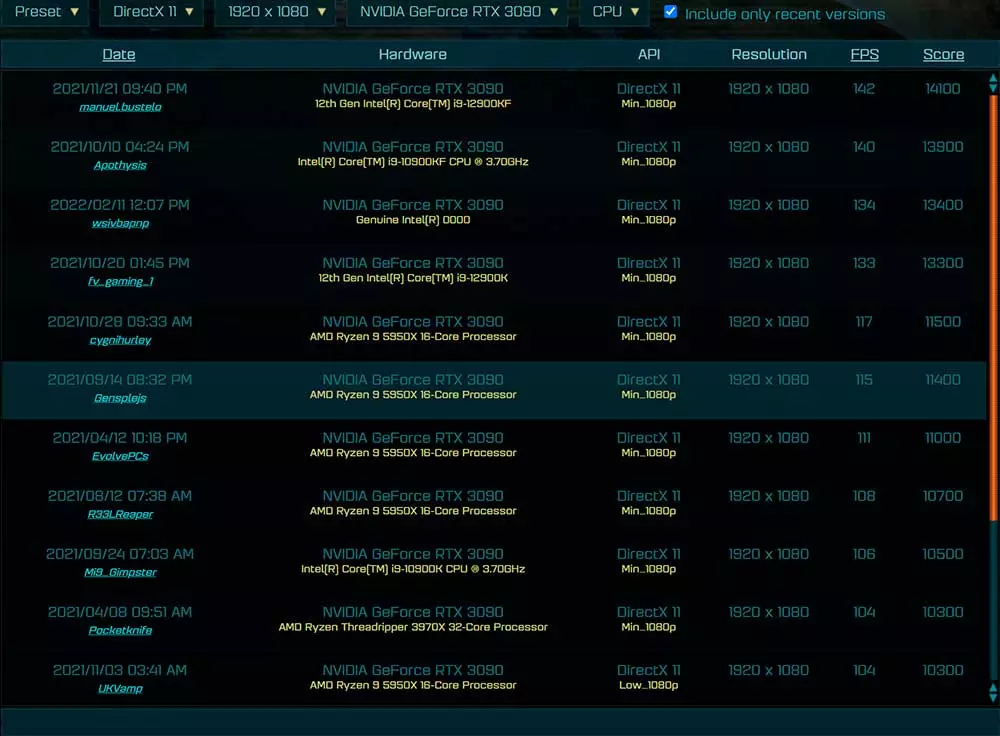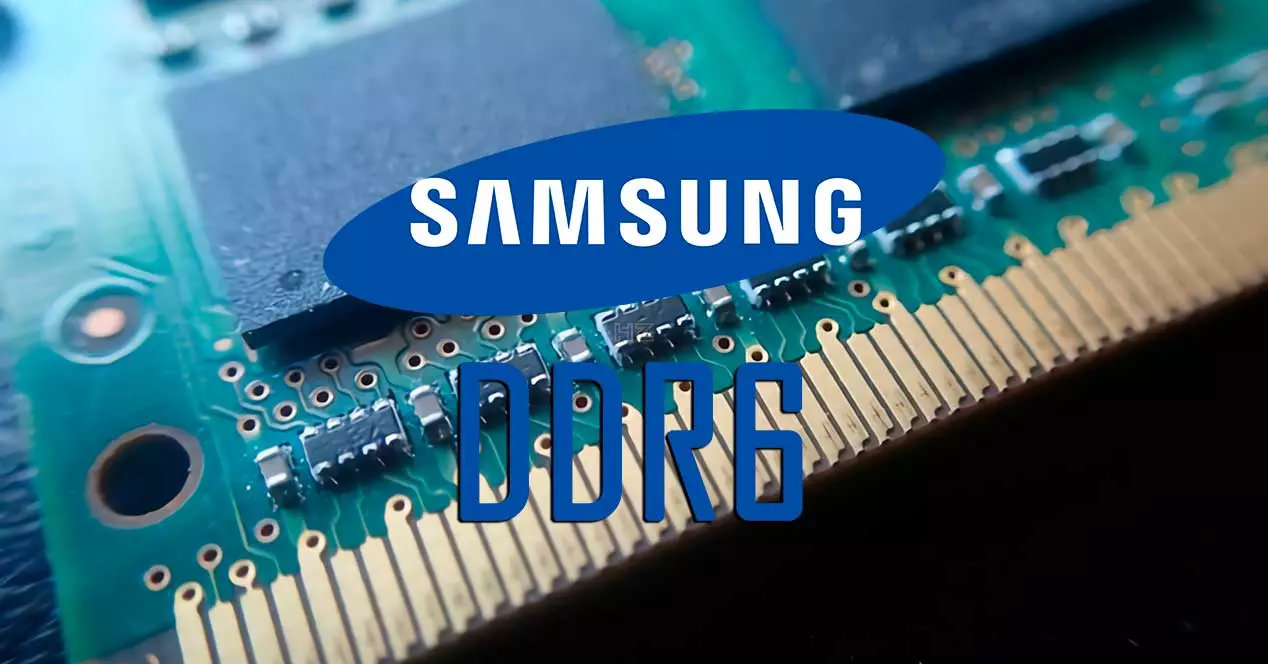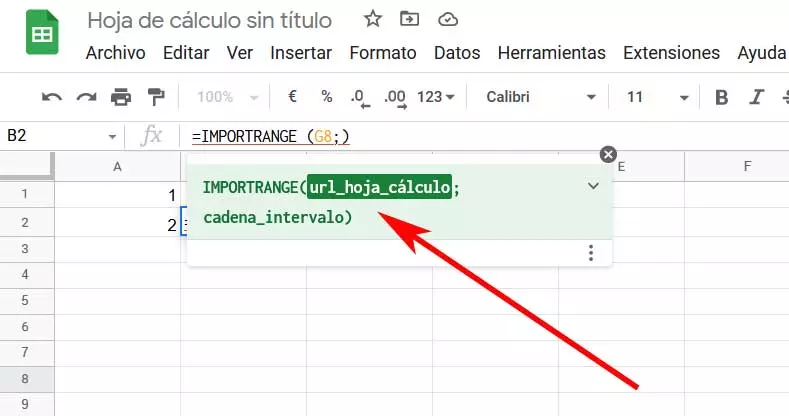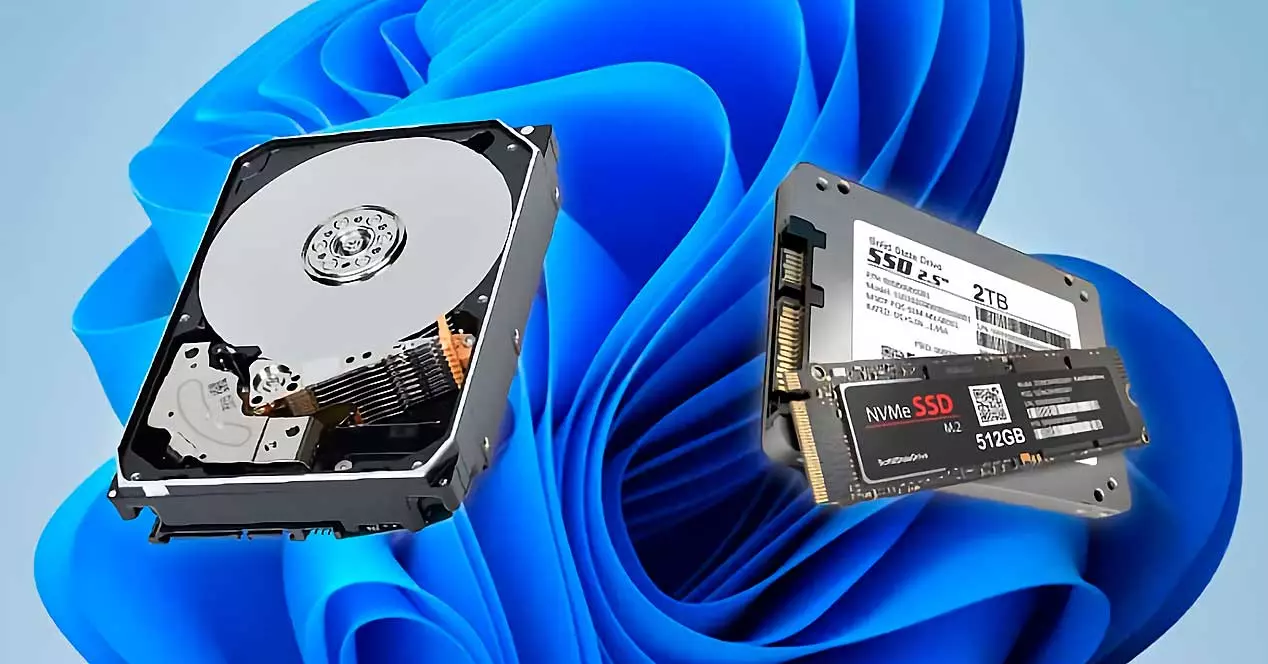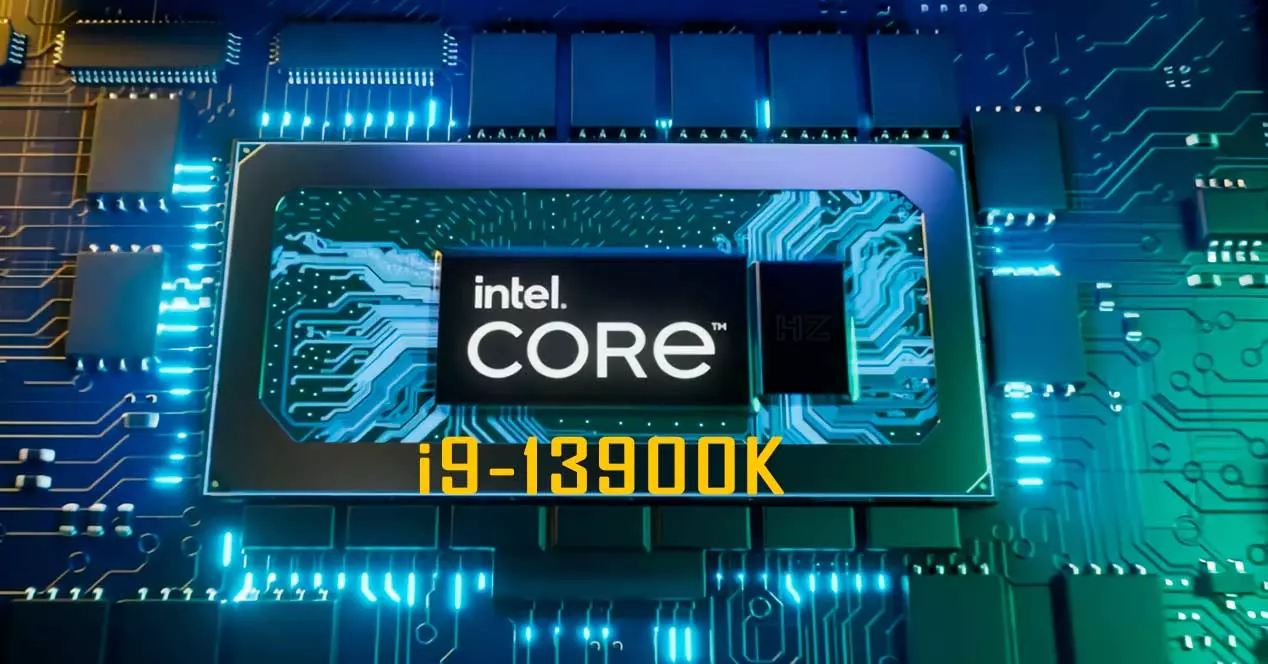
Alder Lake arrived and turned the market upside down in all the sectors where it has landed. PCs, laptops and now it is expected that Ultrabooks have already realized who is in charge now, but the fish is not sold, far from it. Today we have seen how AMD will advance Zen 4 and possibly RDNA 3 in GPU, well, the answer comes as a leak of what will be the new top of the range from Intel.
Core 13 i9-13900K in gaming, enthusiasm or disappointment?
As we said, this is going to be about seeing the glass half empty or half full, so let’s present arguments at the table. The filtering reveals the performance of this CPU in the AOTS benchmark, a game that is always used for this type of data because it scales very well in number of cores and with any GPU.
Well, the performance has been practically identical to that of the i9-12900K, just one FPS up, which may not sound encouraging at first, but we are talking about a processor that will be in its first phase of ES right now. This in itself is encouraging, because it is more than likely that the frequencies will not be what we see when it is on sale, which at the same time would indicate that there is room for maneuver.
What we know is that it will arrive as a CPU with 24 cores and 32 threads where Intel again repeats the formula based on a heterogeneous die: 8 Golden Cove cores, which in this case are accompanied by 16 Gracemont cores. Or what is the same 8 P-Cores and 16 E-Cores.
Intel’s answer to AMD’s V-Cache
Intel has been aware of the benefits of a larger cache for more than a decade. The problem with any cache is that it is expensive to implement from a cost standpoint and difficult to add from a performance standpoint. It takes a jump CPI that justifies their addition, as has been and will be the case for Alder Lake and Raptor Lake.
We already saw the rumors: until 68MB adding L2+L3 (speculative), while AMD will bet on Zen 4, in theory (nothing confirmed at the moment) for at least 96 MB for the high-end with its 3D V-Cache. As the number of total cores has not been revealed, we have to keep the 64 MB per L3 stack, so to the cache that each CCD implements, we will have to add those 64 MB mentioned.
Where AMD will not be able to compete is in frequency, since Intel will go up a step again with this i9-13900K, mainly because it is estimated that it will reach the impressive figure of 5.3GHz totally standard, where some rumors indicate even higher frequencies. This would be due to the use of the new, more refined version with less Pitch Gate of its node. Intel 7 to 10nmso it will be interesting to see how much the IPC improvement is and how much the cache and frequency improvement is without forgetting the higher number of cores.
